How to Clean a Pocket Pussy - Full Guide 2025
How to Clean a Pocket Pussy?
Folks, proper cleaning isn't complicated—it's just non-negotiable. The difference between a sleeve lasting 6 months versus 18 months, between fresh and funky, between satisfying and scratchy, comes down to a simple 5-minute routine you follow religiously after every use. Skip it even once and you're inviting bacterial growth, persistent odors, and accelerated material breakdown that ruins your investment.
This guide delivers the exact step-by-step process that actually works, material-specific considerations (TPE needs powder, silicone doesn't), drying techniques that prevent mold, troubleshooting for common issues, and storage strategies that keep everything fresh between uses. No shame, no judgment—just practical maintenance that extends lifespan and ensures every session feels as good as the first. For comprehensive product guidance, start with our complete buying guide.
⚕️ Educational Resource Notice: This content is for educational and informational purposes only and does not constitute medical, therapeutic, or professional health advice. Cleaning guidance is based on material science and product care best practices, not medical expertise. Always consult qualified healthcare providers for personal health concerns. If you experience irritation, discomfort, or adverse effects from any product, discontinue use immediately and seek appropriate care.
Quick Answer: Rinse the sleeve with warm water, wash with mild unscented soap or toy cleaner, rinse again, then air-dry the interior completely (use a drying stand or airflow aid). For TPE, dust a light renewal powder once dry; for silicone, skip powder. Store cool and separate, with caps slightly open.
📋 Table of Contents
Materials 101: Why Your Cleaning Steps Depend on This
Understanding your sleeve's material determines cleaning products, drying time, and post-cleaning maintenance. Check product packaging or specifications if uncertain—these differences matter significantly. For detailed material comparisons, see our TPE vs silicone guide.
Silicone Sleeves
Characteristics: Durable, non-porous, maintains texture definition, lasts 2-5 years with proper care. Firm to semi-firm feel. Premium pricing ($50-150+).
Cleaning benefits: Non-porous surface resists bacterial harboring. Easier sanitation than TPE. Can tolerate more vigorous scrubbing. No powder needed—ever.
Critical requirement: Water-based lubricant exclusively during use. Silicone lube destroys silicone material permanently through chemical bonding—this damage is irreversible. Oil-based lubes should also be avoided.
Cleaning specifics: Mild soap or toy cleaner, warm (not hot) water, thorough rinse. Dries faster than TPE (3-4 hours typical). Never apply renewal powder to silicone—indicates you're trying to mask moisture problems rather than solving them.
TPE (Thermoplastic Elastomer) Sleeves
Characteristics: Incredibly soft, skin-like texture, stretchy (200-400% capacity), budget-friendly ($20-80 typical). Porous structure. Lifespan 6-18 months with proper care.
Cleaning challenges: Porous material harbors bacteria more readily. Requires thorough drying—incomplete drying causes persistent odors and premature degradation. Surface becomes tacky without powder maintenance.
Essential requirement: Light renewal powder application after every cleaning once completely dry. Cornstarch works; commercial renewal powder works better. This step is non-negotiable—skip it and your sleeve becomes uncomfortably sticky within days.
Cleaning specifics: Mild soap only (harsh chemicals degrade TPE rapidly), longer drying time (5-6 hours minimum), never expose to high heat (warps immediately), requires gentle handling.
Design Variations
Cased vs Uncased: Removable sleeves simplify cleaning dramatically—separate sleeve from case, clean thoroughly without electronics concerns. Non-removable sleeves require careful cleaning around fixed components. Compare designs in our pocket pussy vs sleeve comparison.
Open-end vs Closed-end: Open-ended sleeves rinse straight through (fastest cleaning and drying). Closed-end requires interior flushing (fill and squeeze repeatedly) and longer drying due to trapped air pockets. Closed-end provides stronger suction but demands more maintenance commitment.
The 5-Minute Cleaning Routine: Step-by-Step
This routine applies to all sleeve types with material-specific notes. For context on proper use before cleaning, see our usage guide.
Initial Rinse
Rinse sleeve thoroughly inside and out with warm (not hot) water. Hot water can warp TPE and doesn't improve cleaning effectiveness. For open-ended sleeves, run water straight through from one end to the other. For closed-end designs, fill canal completely and squeeze repeatedly until water runs clear from entrance.
This step removes the bulk of lubricant and bodily fluids quickly, making soap application more effective.
Wash with Soap or Toy Cleaner
Apply mild unscented soap or dedicated toy cleaner throughout canal. Work fingers through all internal textures, reaching as deep as possible. For closed-end designs, ensure fingers reach the sealed end—this area traps residue most easily.
Avoid: Harsh antibacterial soaps with added chemicals, bleach, alcohol, hydrogen peroxide, or any abrasive cleaners. These degrade materials rapidly and cause irritation.
Product recommendation: Look for pH-balanced, fragrance-free toy cleaners specifically formulated for intimate products. Stock quality options at TheDildoHub's toy cleaner collection.
Rinse Again Thoroughly
Flush with warm water until completely clear and no slickness remains. This second rinse is critical—soap residue causes skin irritation and accelerates material breakdown. Squeeze sleeve walls together while rinsing to ensure water reaches all texture crevices.
Test by running fingers through canal—should feel clean and slightly grippy, not slippery. If any soap sensation remains, continue rinsing.
Remove Excess Water
Shake sleeve vigorously to expel water from canal—the more water you remove now, the faster complete drying happens. Pat exterior completely dry with clean microfiber towel (absorbs better than standard towels and leaves no lint).
For closed-end sleeves, shake with opening facing down to drain trapped water from sealed end. May require multiple shaking sessions with 30-second pauses between.
Air-Dry Core Completely
Position sleeve open-end-up on drying stand or ventilated rack. Gravity helps remaining water drain while airflow circulates through canal. For closed-end designs, crack caps or valves open 2-3 turns—allows air exchange without dust entry.
Drying times: Open-ended sleeves: 3-4 hours minimum. Closed-end sleeves: 5-6 hours minimum. Thicker TPE or dual-density materials: add 1-2 hours. Position small desk fan nearby (not directly into canal) to reduce times by 30-60 minutes.
Verification: Reach fingers inside canal—should feel completely dry and room temperature, not cool or damp. Any coolness indicates residual moisture—continue drying.
Apply Powder (TPE Only)
Once completely bone-dry, lightly dust TPE sleeves with cornstarch or renewal powder. Pour small amount into sleeve, close opening, shake gently to distribute, then pour excess back into container. Dust exterior surfaces as well.
Purpose: Prevents tackiness, reduces dust/lint attraction, extends material lifespan. Light coating sufficient—heavy application wastes product and creates clumps.
Silicone sleeves: Skip this step entirely. Silicone never needs powder. If silicone feels tacky, it's not dry yet or has soap residue—re-rinse and dry longer.
💡 Pro Timing Tip
Clean immediately after use while residue remains fresh—easier to remove than dried lubricant and fluids. If you must delay, rinse quickly with warm water as temporary measure, then complete full cleaning within 2-3 hours. Never let sleeve sit overnight uncleaned—bacterial growth accelerates rapidly.
Drying Without Mold: Core Techniques That Work
Complete drying is the single most important factor in preventing odors, mold, and premature material degradation. Half-measures don't work—"mostly dry" still harbors bacteria. For more cleaning insights, see our comprehensive stroker cleaning guide.
Gravity + Airflow Method (Standard)
Setup: Position sleeve vertically on drying stand, cup drying rack, or improvised setup (wine bottle, tall glass). Opening faces up, allowing gravity to drain residual water while air circulates from bottom to top.
Enhancement: Small desk fan positioned 2-3 feet away (not blowing directly into canal but creating air movement nearby) reduces drying time by 30-60 minutes. Don't aim fan directly into opening—creates dust entry rather than helping drying.
Microfiber Wick Method (Advanced)
For deep canals: Gently insert clean microfiber cloth strip or absorbent rope partway into canal (never force—should slide easily). Capillary action draws moisture into cloth. Remove after 30-60 minutes and continue standard air drying. Reduces total drying time by 1-2 hours for closed-end designs.
Caution: Only use clean, lint-free materials. Never leave inserted material overnight. This technique supplements but doesn't replace air drying.
Design-Specific Considerations
Open-ended sleeves: Tip vertically to drain from either direction. Rotate 180° halfway through drying to ensure both ends drain fully. Fastest drying overall (3-4 hours).
Closed-end sleeves: Must "bleed" air via valve or cap—crack open 2-3 turns. Air exchange is slower, requires longer drying (5-6 hours minimum). Rotate position once during drying (after 2-3 hours) to prevent water pooling at sealed end.
Thick dual-density or heavily textured sleeves: Complex geometries trap moisture in texture crevices. Extend standard drying times by 1-2 hours. Verify dryness by feeling deep into textures—smooth exteriors may feel dry while crevices remain damp.
⚠️ Never Use These Drying Methods
- Ovens or microwaves: Even low settings warp and destroy materials permanently
- Radiators or heating vents: Excessive heat causes material degradation and potential melting
- Hair dryers on hot: Localized extreme heat warps and cracks materials
- Direct sunlight: UV exposure degrades materials and fades colors
- UV sterilization lamps: Marketed for disinfection but damage TPE and some silicones
- Compressed air inside canal: Can damage internal structures and force water deeper into crevices
Open vs Closed End: Cleaning & Maintenance Differences
Open-Ended Sleeves
Cleaning advantages: Rinse straight through in single smooth motion—no trapped areas. Interior fully visible and accessible. Minimal trapped moisture concerns. Fastest cleaning (2-3 minutes) and fastest drying (3-4 hours).
Maintenance simplicity: No caps or valves to clean separately. Fewer parts to track. Excellent choice if maintenance convenience is priority.
Trade-off: No natural suction capability—sensation comes purely from texture and tightness rather than vacuum pull. Some users miss this element.
Closed-End with Cap
Cleaning requirements: Interior flushing necessary—fill completely, squeeze to expel water, repeat 5-8 times until water runs clear. Takes 5-7 minutes. More thorough attention needed to ensure sealed end gets cleaned—easiest area to overlook.
Drying challenges: Sealed end traps air pocket preventing efficient water drainage. Requires cap/valve opening for air exchange. Longer drying time (5-6 hours minimum). More prone to incomplete drying if rushed.
Benefit: Natural suction feel during use—vacuum pressure enhances gripping sensation significantly. Many users find this worth the maintenance increase.
💡 Quiet-Use & Drying Tip for Closed-End
Open suction cap 1-2 turns during use to reduce sputtering sounds from excess vacuum. This same position perfect for storage—allows airflow without cap falling off. Small adjustment that improves both discretion and maintenance.
Lube & Cleanup: Make Rinse-Off Easier
Water-Based Lube (Easiest Cleanup)
Why it's universal: Rinses completely with water alone—no soap required for lube removal (though soap still needed for bodily fluids and bacteria). Compatible with all sleeve materials. This is your default choice. Browse quality options at TheDildoHub's water-based lubricants.
Viscosity considerations: Thicker water-based lubes cushion tight canals beautifully but take slightly longer to rinse (add 20-30 seconds rinse time). Thin to medium viscosity rinses fastest. Both clean easily—just time differences.
What to Avoid
Silicone lube on silicone sleeves: Creates permanent chemical bond destroying material irreversibly. This damage is immediate and unfixable. Absolute prohibition regardless of brand claims about "safe" silicone lubes.
Oil-based lubes: Messy cleanup requiring soap for removal. Can degrade TPE over time. Interferes with thorough rinsing. Avoid petroleum jelly, coconut oil, and specialized oil lubes despite natural marketing—hassle outweighs any perceived benefits.
Troubleshooting Common Issues
Light Musty Odor
Cause: Incomplete drying allowing bacterial growth, or soap residue trapped in textures.
Solution: Re-clean thoroughly with extra attention to second rinse. Extend drying time by 3-4 hours beyond usual. Enhance airflow with small fan. If odor persists after one thorough attempt, retire sleeve—bacterial colonization may be too established to reverse.
Prevention: Verify complete drying every time using touch test deep in canal. Baking soda sachet placed near (not inside) storage location absorbs ambient odors.
Sticky/Tacky Surface (TPE)
Cause: Insufficient powder application, or powdering while sleeve still damp (creates clumps that feel sticky).
Solution: Ensure sleeve completely dry, then apply fresh renewal powder liberally. Shake to distribute, pour off excess. If tackiness persists, wash again to remove old degraded powder, dry completely, then re-powder.
Visible Spots or Discoloration
Evaluation: After thorough cleaning and complete drying, inspect under good light. Persistent dark spots indicate mold colonization or material degradation—not surface dirt.
Action: If spots remain after two cleaning attempts with extended drying, retire sleeve. Mold embedded in porous TPE cannot be fully removed. Continued use risks skin irritation and respiratory issues from mold exposure.
Tackiness on Silicone
Usually indicates: Soap residue not fully rinsed, or sleeve not completely dry yet. Silicone naturally maintains smooth surface when clean and dry.
Solution: Re-wash with mild soap paying attention to thorough rinsing. Dry for full duration (3-4 hours minimum). Never apply powder to silicone—masks moisture problems instead of solving them.
Storage & Aftercare: Keep It Fresh Between Uses
Environment Requirements
Temperature: Cool, dry location away from direct sunlight, heat sources (radiators, heating vents), or high humidity areas (bathrooms without ventilation). Bedroom drawer or closet shelf ideal. Extreme temperatures accelerate material degradation.
Separation: Store sleeves separately from other toys—different materials touching causes color transfer, material reactions, or surface degradation. Use individual pouches or original packaging to maintain separation.
Breathability: Never sealed plastic bags or airtight containers—trapped humidity promotes bacterial growth even in "dry" sleeves. Use breathable fabric pouches, original boxes with air holes, or storage with caps slightly open.
Cap Positioning
For closed-end sleeves: Store with suction cap open 1-2 full turns. Allows air circulation preventing humidity buildup. Cap doesn't fall off at this position but maintains airflow. Fully closed caps trap ambient moisture over time.
For cases: Crack case lids or closures slightly open if storing sleeve inside case. Complete closure creates sealed environment—moisture condenses from temperature variations.
Periodic Maintenance
Monthly inspection: Remove sleeve from storage, inspect under good light for spots, discoloration, texture flattening, or entrance tearing. Small issues caught early allow timely replacement before quality degrades significantly.
Case maintenance: Wipe exterior cases monthly with slightly damp cloth—removes dust and skin oils. Dry completely before returning sleeve. For electronic vibrating sleeves (see our vibrating masturbators guide), keep all ports and controls clean and dry.
Quick Tools Checklist: Budget → Premium
✅ Essential Tools (Budget: ~$15-25 total)
- Mild unscented soap ($3-5) or toy cleaner ($8-15) — Choose fragrance-free, pH-balanced formulas
- Microfiber towels ($5-10 for pack) — Superior absorption, lint-free
- Drying stand or rack ($8-20) — Bottle drying racks, cup racks, or purpose-made sleeve stands
- Renewal powder ($6-12 for TPE only) — Cornstarch works; commercial powder better
➕ Optional Enhancements (Budget: ~$15-40 additional)
- Small desk fan ($12-25) — Speeds drying 30-60 minutes
- Breathable storage pouches ($5-15 each) — Fabric bags prevent dust while allowing airflow
- Microfiber wick strips ($8-15) — Accelerates deep-canal moisture removal
- Toy cleaning brush set ($10-18) — Soft-bristled detail brushes for complex textures
Cleaning Path by Design: Quick Reference
| Sleeve Type | Rinse Time | Dry Time | Special Requirements | Maintenance Notes |
|---|---|---|---|---|
| Open-Ended, Uncased | Short (1-2 min) | Short (3-4 hrs) | None—simplest care | Fastest overall; rinse straight through; minimal trapped moisture |
| Open-Ended, Cased | Short (2-3 min) | Medium (3-5 hrs) | Drying stand recommended | Remove sleeve if possible; wipe case separately; verify dry before reassembly |
| Closed-End + Cap | Medium (5-7 min) | Longer (5-6 hrs) | Crack valve/cap during drying | Interior flushing required; rotate position mid-drying; strong suction worth extra care |
| TPE (any end type) | Medium (3-5 min) | Medium-Long (5-6 hrs) | Renewal powder when dry | Gentle soap only; never heat; light powder prevents tackiness; check moisture carefully |
| Silicone (any end type) | Short (2-3 min) | Short-Medium (3-4 hrs) | Water-based lube only | Durable; no powder needed; faster drying; can scrub more vigorously; maintain smooth feel |
Beginner Mistakes to Avoid
❌ Common Errors That Ruin Sleeves
- Sealing moisture in closed case/cap — Store caps slightly open for airflow; fully closed traps humidity
- Using harsh cleaners or boiling TPE — TPE warps at high temps; harsh chemicals degrade materials rapidly
- Skipping the second rinse — Soap residue causes irritation and material breakdown; rinse until zero slickness
- Storing with other toys touching — Different materials react causing color transfer or surface damage
- Powdering while still damp (TPE) — Creates clumps and traps moisture; powder only when bone-dry
- Silicone lube on silicone sleeves — Immediate permanent destruction; never compromise on this rule
- Rushing drying time — "Mostly dry" still harbors bacteria; verify completely dry before storage
- Using scented soaps — Fragrances irritate sensitive skin; stick with unscented mild soap or toy cleaner
- Storing in bathroom — High humidity accelerates bacterial growth; bedroom storage far superior
- Never inspecting for wear — Monthly checks catch issues early; replace before quality deteriorates significantly
Frequently Asked Questions
Ready to Clean Faster & Keep It Fresher?
Shop TheDildoHub for quality pocket pussies built for lasting satisfaction, plus cleaning accessories that simplify maintenance.
🛍️ Browse pocket pussies, male masturbators, and vibrating options
🧼 Stock care essentials: toy cleaners, renewal powder, drying stands, and storage solutions
📚 Learn more: Buying guide, usage tips, materials comparison
🛡️ Expert-Tested Rankings & Honest Reviews
🚚 Discreet Shipping from California or New Jersey for nationwide coverage
💳 Discreet Billing—Shows as TDH-BR on credit/debit card statements
📦 Privacy-First, Plain, Unmarked Packaging
🎁 Free Mystery Goodies in Every Order
💬 Knowledgeable US Support Team
⭐ 4.8/5 Stars on Trustpilot
Clean properly, maintain consistently, enjoy reliably.


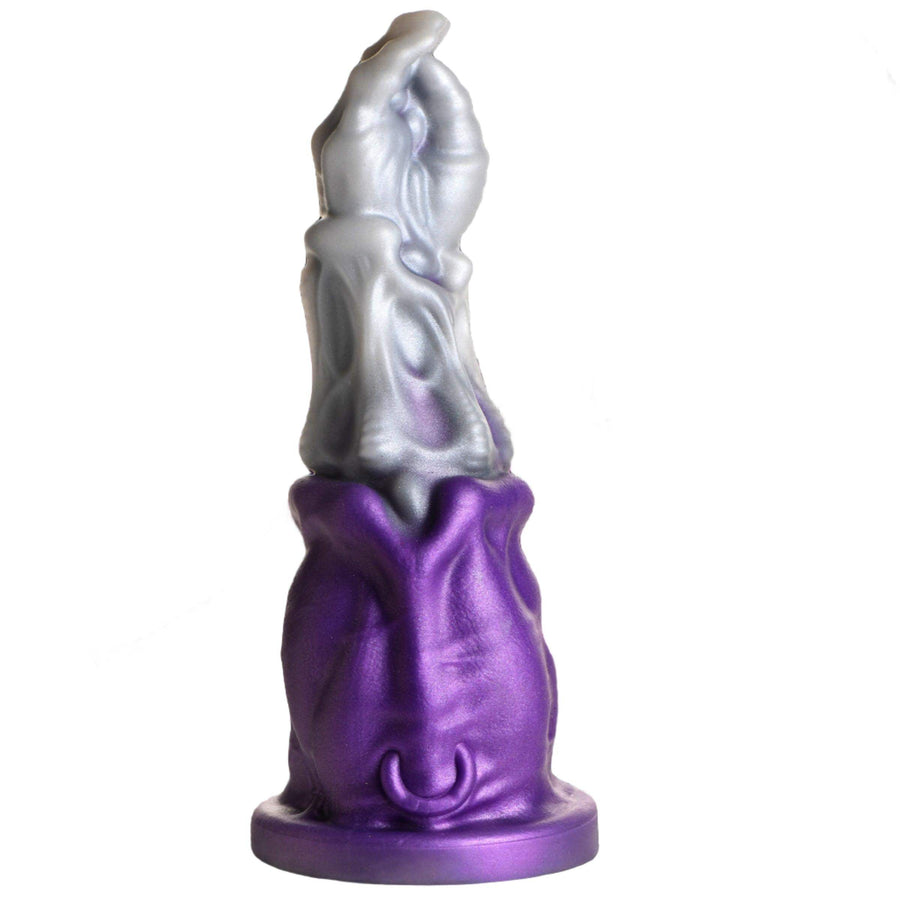
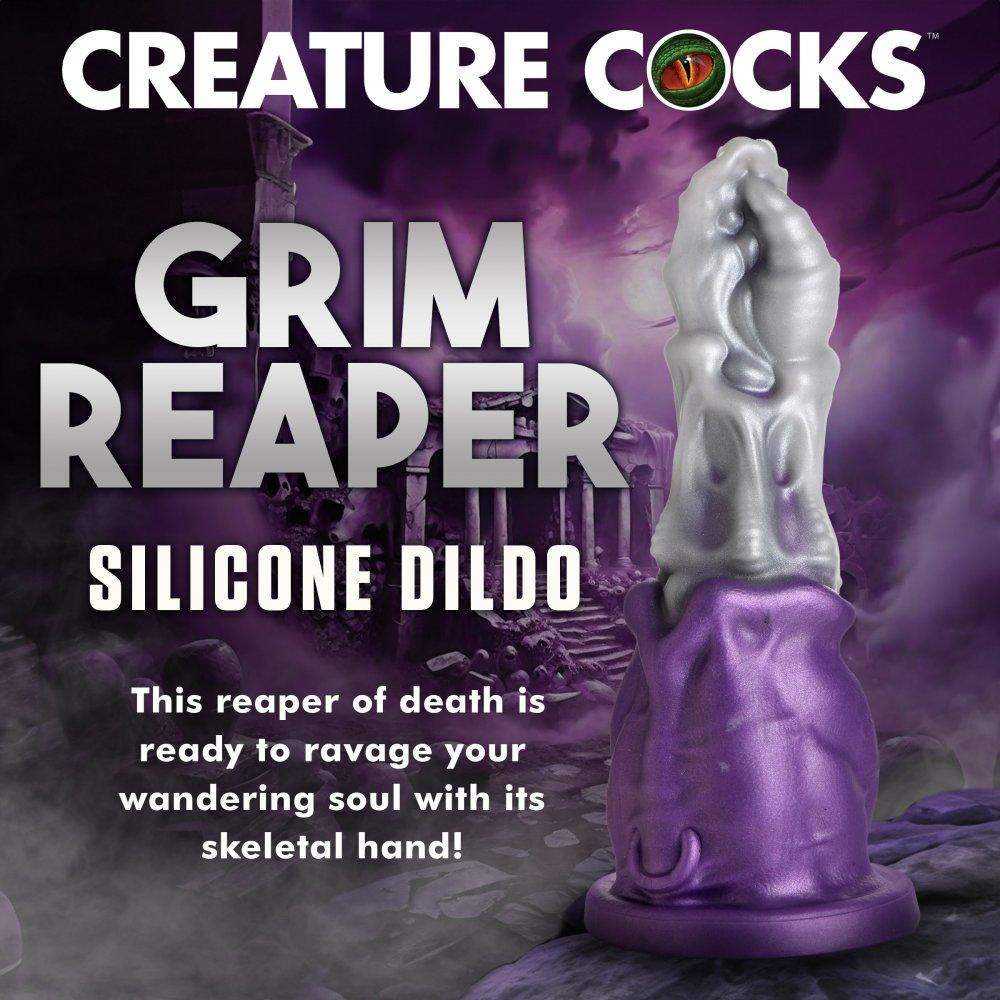
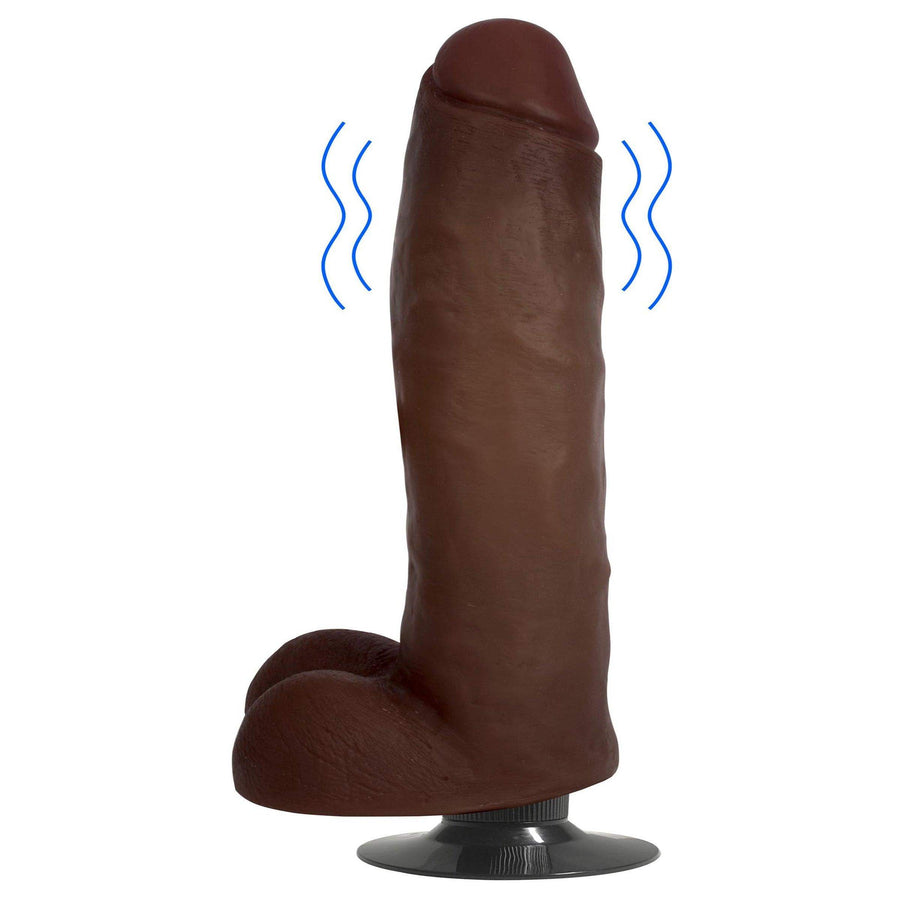
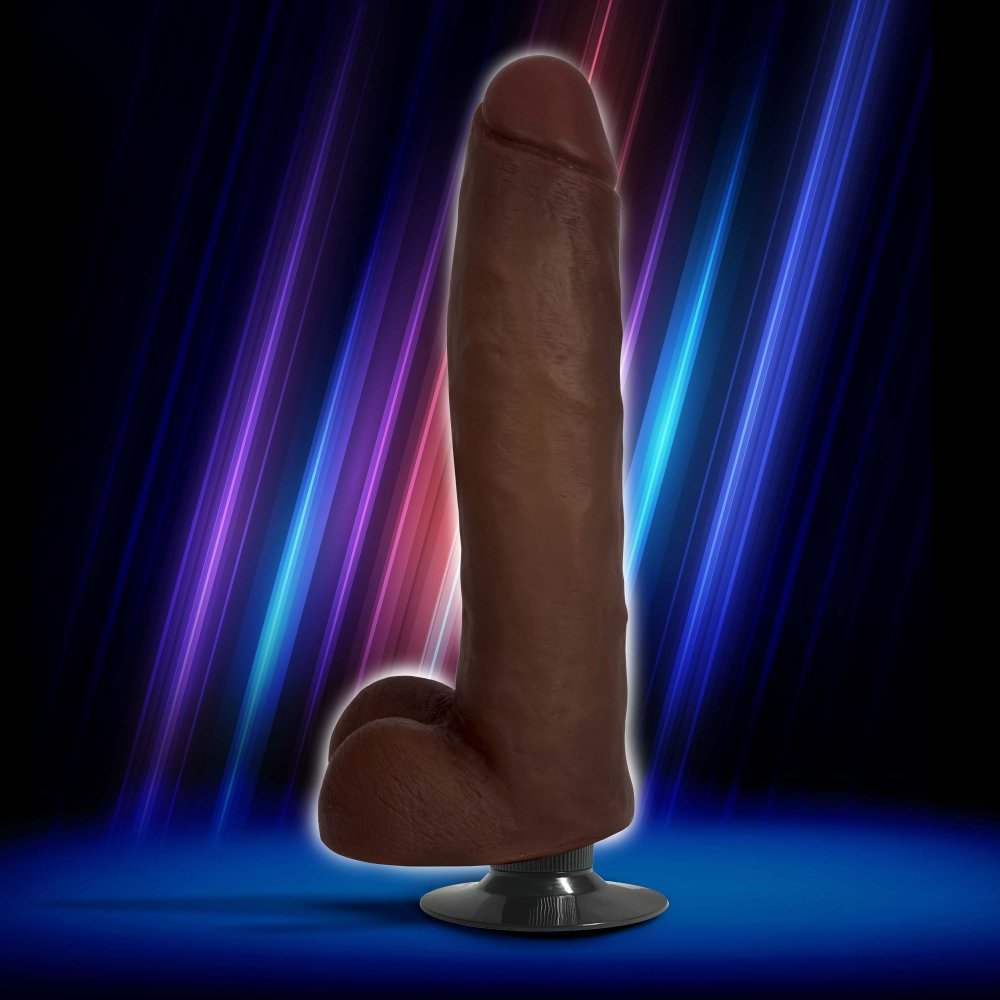
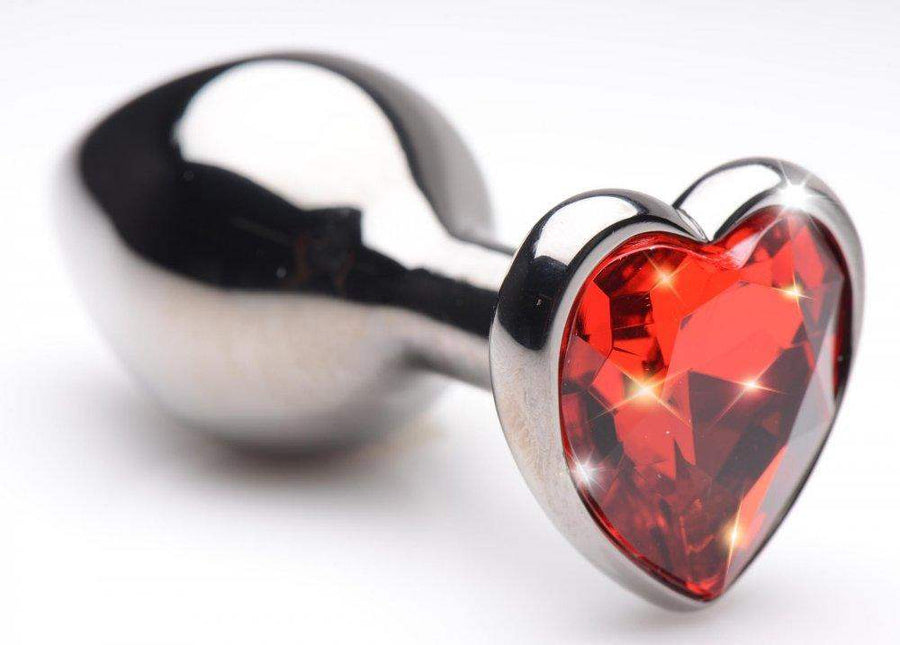


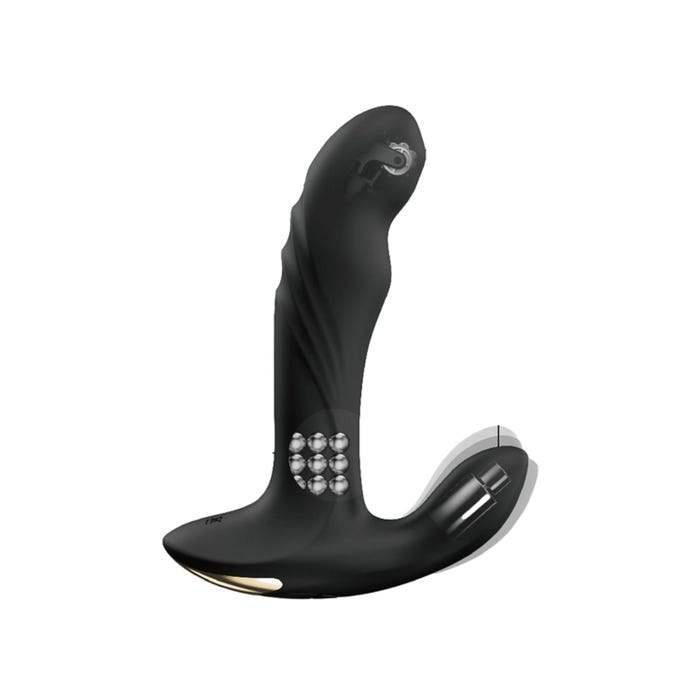



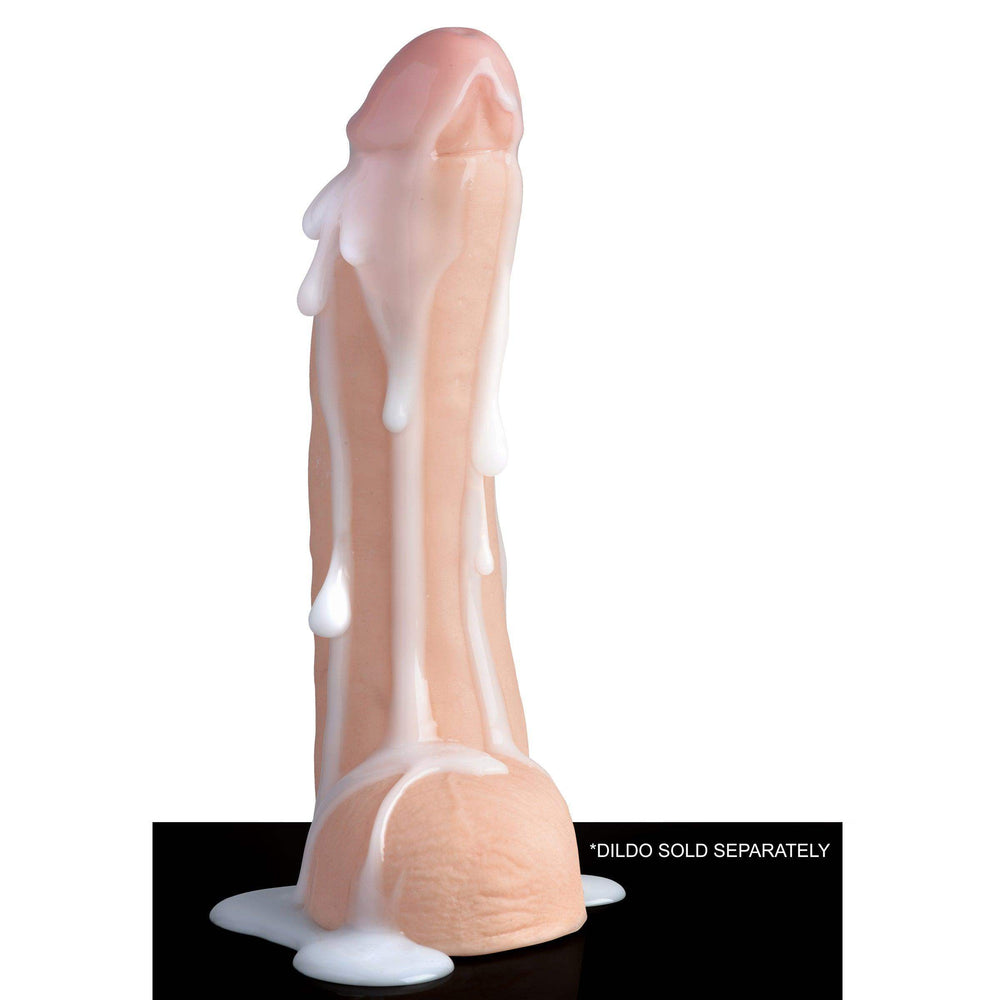



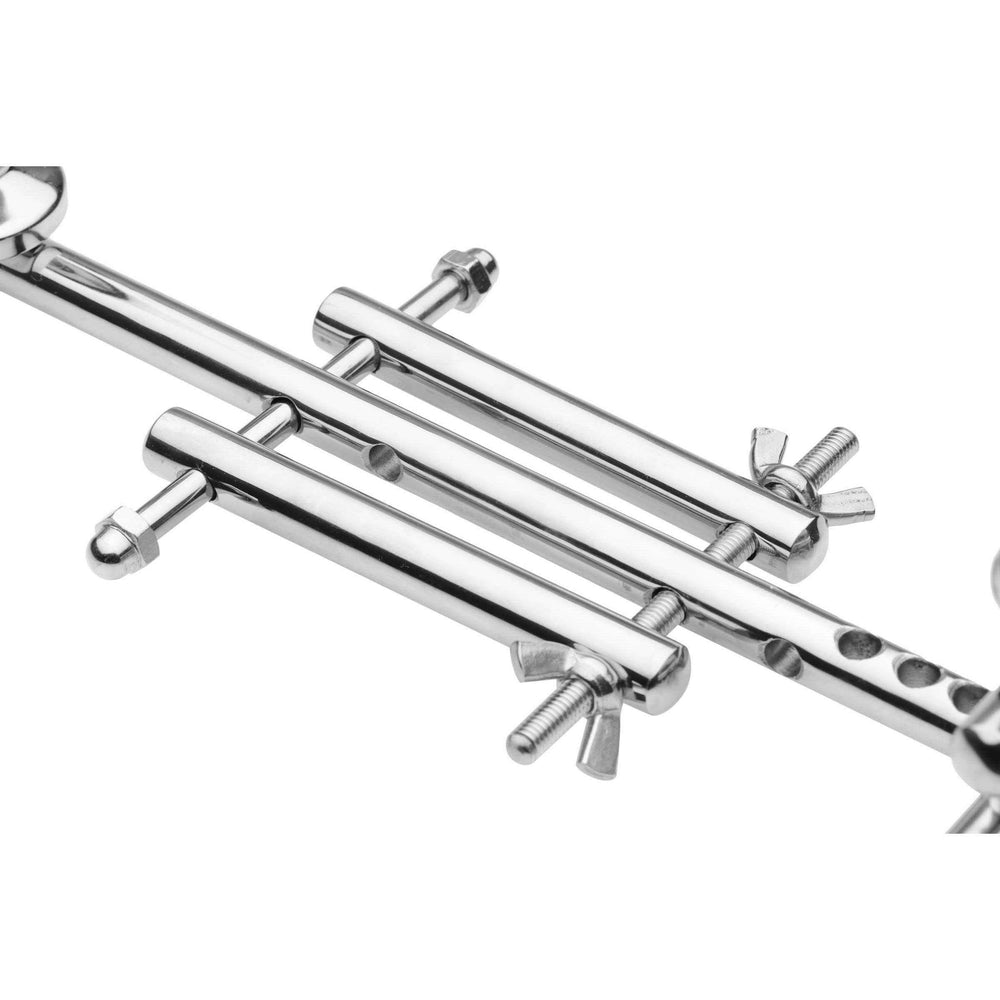


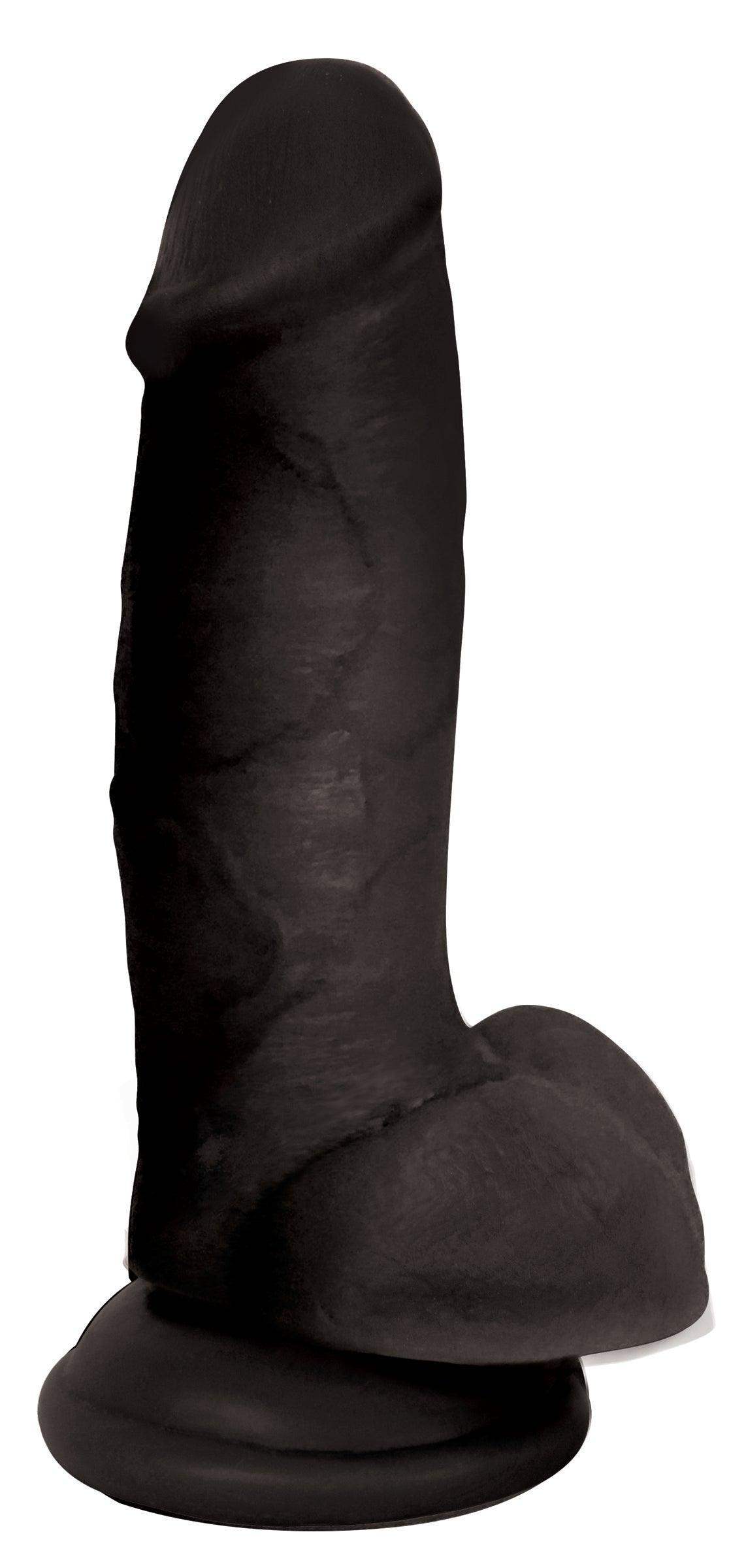









Leave a comment